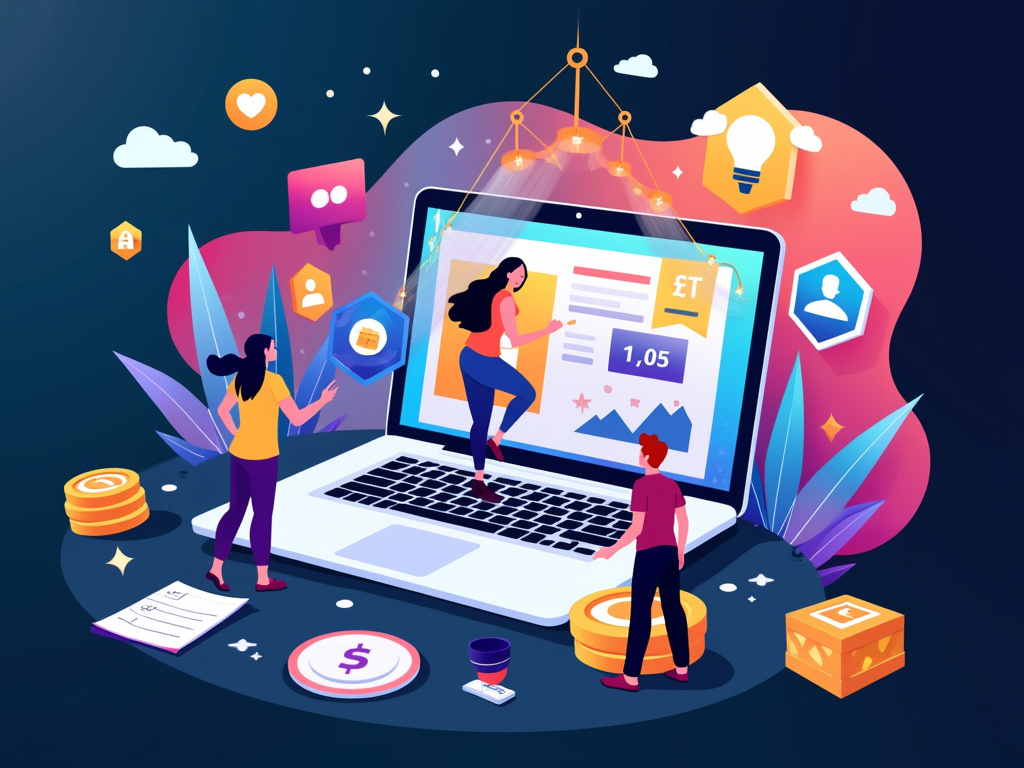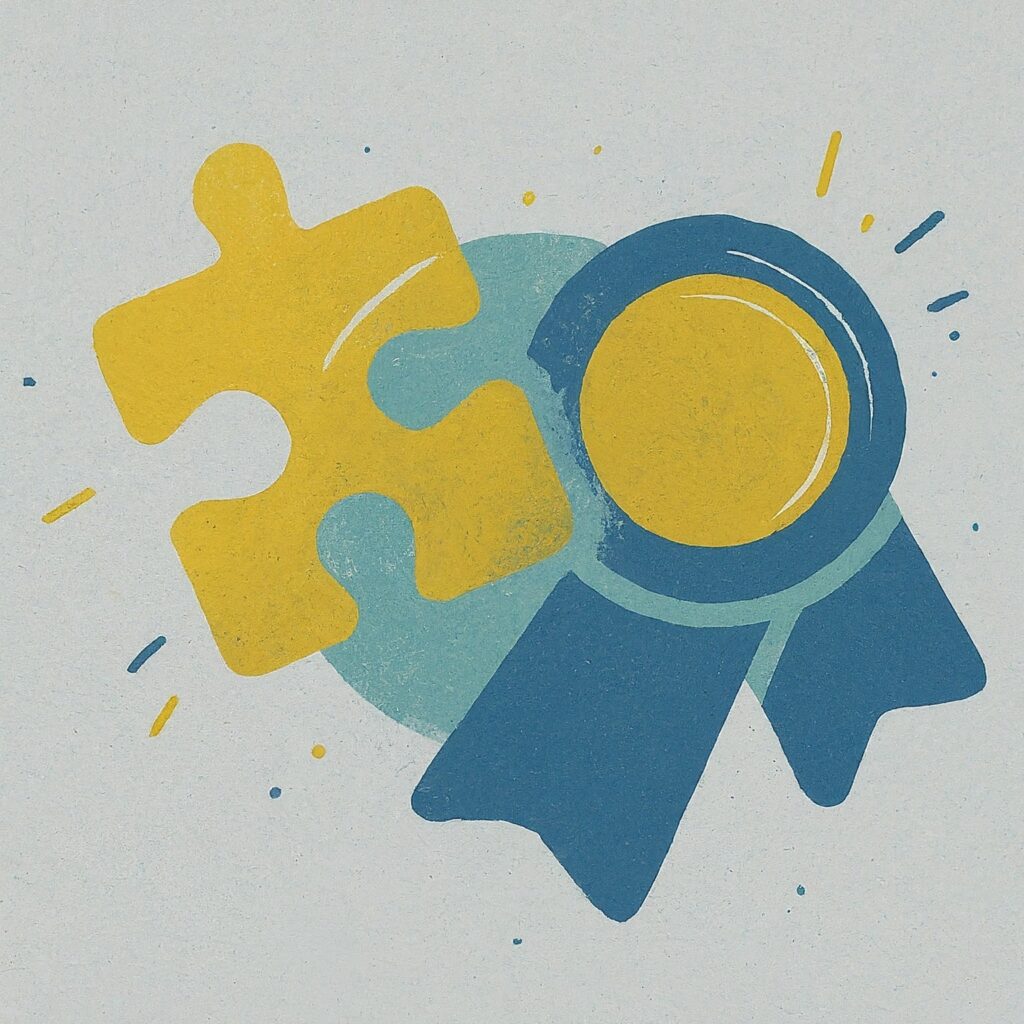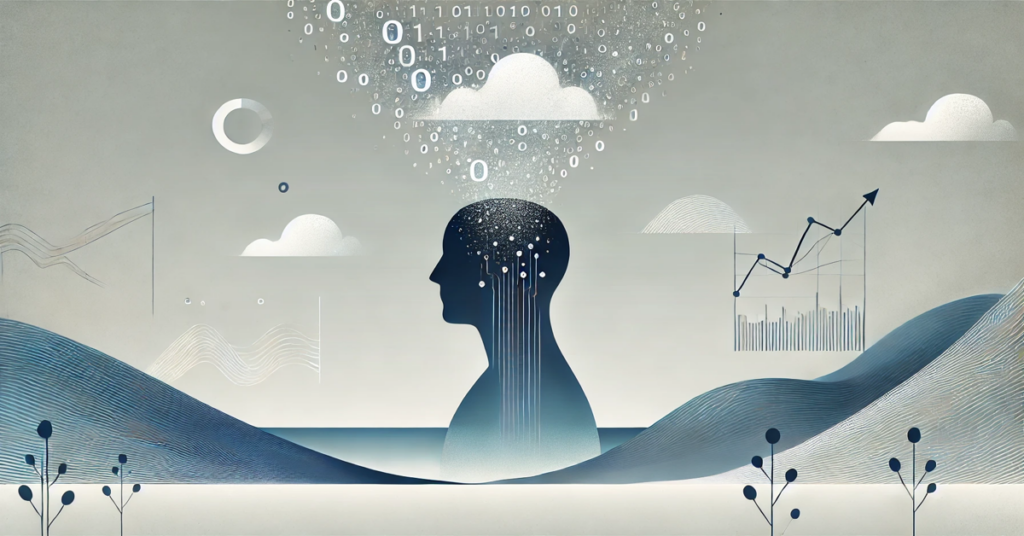Gamification in Learning: How It Boosts Engagement and Drives Better Results

In the rapidly evolving world of online education and corporate training, one strategy has stood out for its ability to captivate learners and improve outcomes: gamification. By applying game-design elements to learning environments, organizations can create more interactive, engaging, and effective educational experiences. From badges and leaderboards to role-playing scenarios, gamification transforms passive learning into a dynamic journey, making it one of the most powerful tools an LMS can offer.
But how exactly does gamification work, and why is it so effective? In this article, we’ll explore the science behind gamified learning, the key features to implement, and how it can drive real-world results for both learners and organizations.
Why Gamification Works: The Psychology of Engagement
The success of gamification lies in its ability to tap into the innate human desire for achievement, reward, and progress. Humans are naturally motivated by goals and the feeling of accomplishment that comes with reaching them. Gamification taps into this psychological drive, enhancing learning experiences and fostering long-term engagement. By integrating rewards, challenges, and instant feedback, gamification introduces elements of fun, competitiveness, and purpose to the learning process.
1. Instant Feedback
In traditional learning models, feedback is often delayed, which can lead to disengagement and decreased motivation. Gamification, on the other hand, provides instant feedback, allowing learners to see the results of their actions immediately. This immediate response encourages continuous improvement and keeps learners engaged by reinforcing positive behaviors and guiding them through challenges. The feedback mechanism creates a loop of learning, reflection, and improvement, which enhances retention and understanding.
- Example: In a training scenario, a learner completing a safety compliance module may receive points or badges immediately after answering quiz questions correctly, motivating them to continue advancing through the course.
2. Dopamine Release and Reward Systems
Gamification activates the brain’s reward systems by releasing dopamine, a chemical closely linked to feelings of pleasure and motivation. This dopamine release occurs when learners achieve goals, receive points, or unlock new levels. These small but significant accomplishments create a sense of achievement that encourages learners to stay engaged and continue progressing. The act of reaching a goal triggers dopamine, making learners feel good about their accomplishments and motivating them to pursue further challenges and rewards.
- Example: In a professional development course, learners may unlock new content or earn certifications after completing specific lessons or quizzes, creating a sense of accomplishment and motivating further engagement.
3. Competition and Collaboration
Gamified learning often incorporates both competitive and collaborative elements, appealing to different types of learners. Leaderboards, for instance, fuel a sense of healthy competition by ranking participants based on their performance, encouraging learners to strive for higher achievements. On the other hand, team-based challenges and collaborative learning experiences foster cooperation and teamwork, enabling learners to work together toward shared goals. Whether competition or collaboration, both aspects contribute to a more immersive and engaging learning environment.
- Example: In a corporate training program, departments may compete to achieve the highest scores on assessments, while collaborative projects encourage cross-functional teams to solve complex problems together, fostering both engagement and teamwork.
Key Gamification Elements to Incorporate into Your LMS
The success of gamification depends on how well game-like elements are integrated into your learning management system (LMS). A thoughtfully designed LMS can enhance the learning experience, increase engagement, and improve retention. Below are the key gamification elements that organizations should consider incorporating to maximize the impact of their LMS:
1. Points and Badges
One of the simplest and most effective ways to gamify learning is through a system of points and badges. Points are awarded for completing tasks, answering questions correctly, or engaging with learning materials. As learners accumulate points, they can earn badges or certificates, which signify milestones and accomplishments. These badges act as tangible rewards that learners can proudly display, fostering a sense of achievement and progress.
- Why it works: Points and badges provide a clear, visual representation of progress. They tap into learners’ intrinsic motivation by rewarding effort and success, which encourages continued engagement and helps learners track their achievements over time.
2. Leaderboards
Leaderboards introduce an element of competition by ranking learners based on their performance in various activities. When learners see their progress compared to others, they are often motivated to improve their performance and climb the ranks. Leaderboards can be customized based on different criteria, such as quiz scores, course completion rates, or participation in discussions. This feature can be particularly effective in creating friendly competition, which motivates learners to push themselves and enhance their skills.
- Why it works: Leaderboards cater to competitive instincts and provide learners with a goal to strive for. The ability to see how one measures up against peers encourages continuous effort, making learning a dynamic and goal-oriented process.
3. Levels and Challenges
Dividing learning content into levels or stages adds structure to the learning process and gives learners a sense of progression. Each level or stage can be associated with specific learning objectives or challenges that gradually increase in difficulty. As learners progress through these levels, they are rewarded for their efforts and are encouraged to continue moving forward. Challenges can be time-based, task-based, or performance-based, and they can range from simple quizzes to more complex problem-solving exercises.
- Why it works: Levels and challenges break down learning into manageable chunks, preventing overwhelm and helping learners build confidence as they progress. The gradual increase in difficulty ensures that learners are consistently challenged, preventing boredom while maintaining a sense of accomplishment.
4. Rewards and Recognition
Rewards and recognition are powerful motivators in gamified learning environments. Learners can be rewarded for achieving certain milestones, completing tasks, or demonstrating mastery of specific topics. Rewards can be tangible, such as certificates or prizes, or virtual, such as badges and trophies. Publicly recognizing top performers through announcements, leaderboards, or exclusive privileges adds another layer of motivation, as learners feel valued and appreciated for their efforts.
- Why it works: Recognition taps into learners’ intrinsic motivation by making them feel seen and appreciated for their hard work. It encourages learners to go above and beyond to earn rewards and recognition, which leads to better overall engagement and performance.
The Benefits of Gamification for Learners and Organizations
Gamification offers numerous advantages for both learners and the organizations that implement it. From increased engagement to improved learning outcomes, gamification transforms the educational experience in several ways:
1. Increased Engagement
Gamified learning environments are more interactive and enjoyable than traditional formats, which helps maintain learners’ interest and focus. The game-like elements create a sense of fun and excitement, making learners more likely to engage with the material. Higher engagement often leads to greater time spent on learning, improved completion rates, and more in-depth exploration of content.
- Real-world result: A gamified compliance training module implemented at a Fortune 500 company resulted in a 30% increase in completion rates compared to non-gamified versions, demonstrating the power of gamification to drive learner engagement.
2. Improved Knowledge Retention
Gamification’s focus on repetition, instant feedback, and active engagement helps learners retain information more effectively. The frequent reinforcement of key concepts, combined with the opportunity to apply knowledge in practical scenarios, leads to long-term retention of critical information. Learners are more likely to revisit content, practice skills, and consolidate their understanding when the learning process is engaging and rewarding.
- Real-world result: Research has shown that learners in gamified environments have a 12% higher knowledge retention rate than those in non-gamified environments, highlighting the benefits of gamification for deep learning.
3. Better Learning Outcomes
Gamification provides learners with the opportunity to practice what they’ve learned in a simulated, low-risk environment. This allows them to experiment, make mistakes, and learn from those mistakes without fear of real-world consequences. The hands-on, interactive nature of gamified learning also enhances learners’ ability to apply new skills and knowledge in real-life situations. As a result, learners are better equipped to translate theoretical concepts into practical actions, leading to improved job performance and more effective decision-making.
- Real-world result: A study of gamified corporate leadership training showed an 18% improvement in post-training job performance, demonstrating the positive impact of gamified learning on real-world outcomes.
4. Scalability for Organizations
Gamified learning systems offer scalable solutions for organizations of all sizes. Whether you’re training a small team or a global workforce, a well-designed LMS with gamification features can accommodate varying levels of participation. The automated, data-driven nature of gamified LMS platforms ensures that learning remains consistent and effective, regardless of the number of learners. Additionally, the use
of analytics tools allows organizations to track learner performance, adjust training strategies, and continuously improve the learning experience.
How to Integrate Gamification into Your LMS
Integrating gamification into your LMS requires careful planning and a focus on learner engagement. Here are some steps to ensure successful implementation:
- Start Small: Don’t overwhelm learners with too many gamification elements at once. Start with basic features like points, badges, and leaderboards, and gradually introduce more complex elements like challenges and levels.
- Understand Your Audience: Consider the preferences and motivations of your learners. Millennials may appreciate competitive elements like leaderboards, while other groups may respond better to recognition and completion-based rewards.
- Make it Meaningful: Ensure that your gamification strategy supports your learning objectives. Game mechanics should align with the goals of the training program, reinforcing the desired behaviors and outcomes.
- Track Progress: Use the analytics tools within your LMS to monitor learner engagement and performance. Adjust your gamification elements based on the data to optimize the learning experience and achieve the best results.
Closing Thoughts
Gamification is not just a trend—it’s a proven strategy for boosting engagement, improving retention, and driving better learning outcomes. By incorporating game-like elements into your LMS, you can create a more interactive and motivating learning environment that appeals to modern learners. Whether you’re revamping corporate training or building a more engaging remote classroom, gamification could be the key to unlocking your learners’ full potential.





